ボタンは古くに中国から日本へと薬用で持ち込まれた落葉小低木。盛んに分枝して横に広がり、「座れば牡丹」とも形容される華麗な花です。
Tree Peony is a small deciduous shrub that was brought to Japan from China in ancient times for its medicinal use. It is a splendid flower that branches vigorously and spreads sideways. Its beauty is expressed in the idiom, “A lady as beautiful as a Tree Peony when she sits”.
【仮名】ボタン
【和名】牡丹
【英名】Tree Peony, Peony
【学名】Paeonia suffruticosa
【誕生】05/ 03, 05/ 17, 07/ 24
【開花】04, 05月
【花色】White, Pink, Red, Purple, Violet, Blue, Green, Yellow, Orange
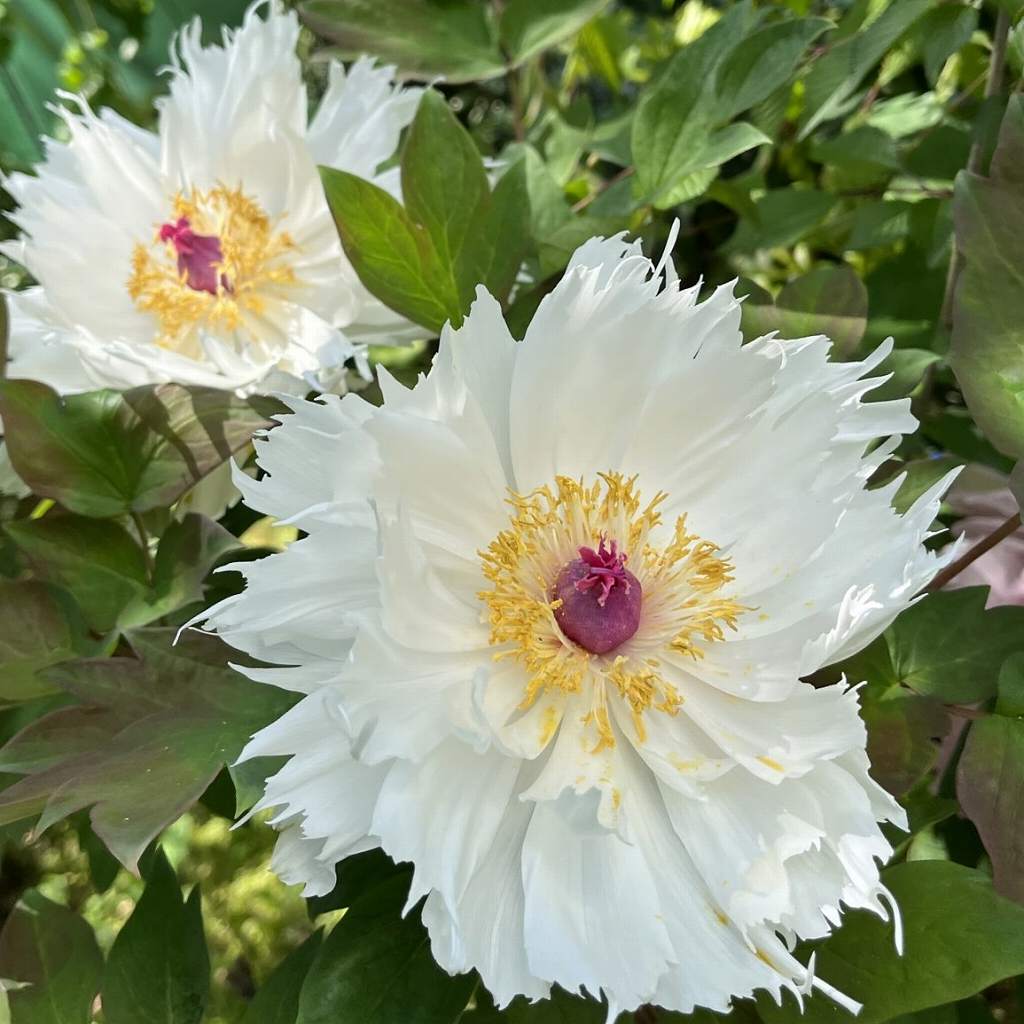

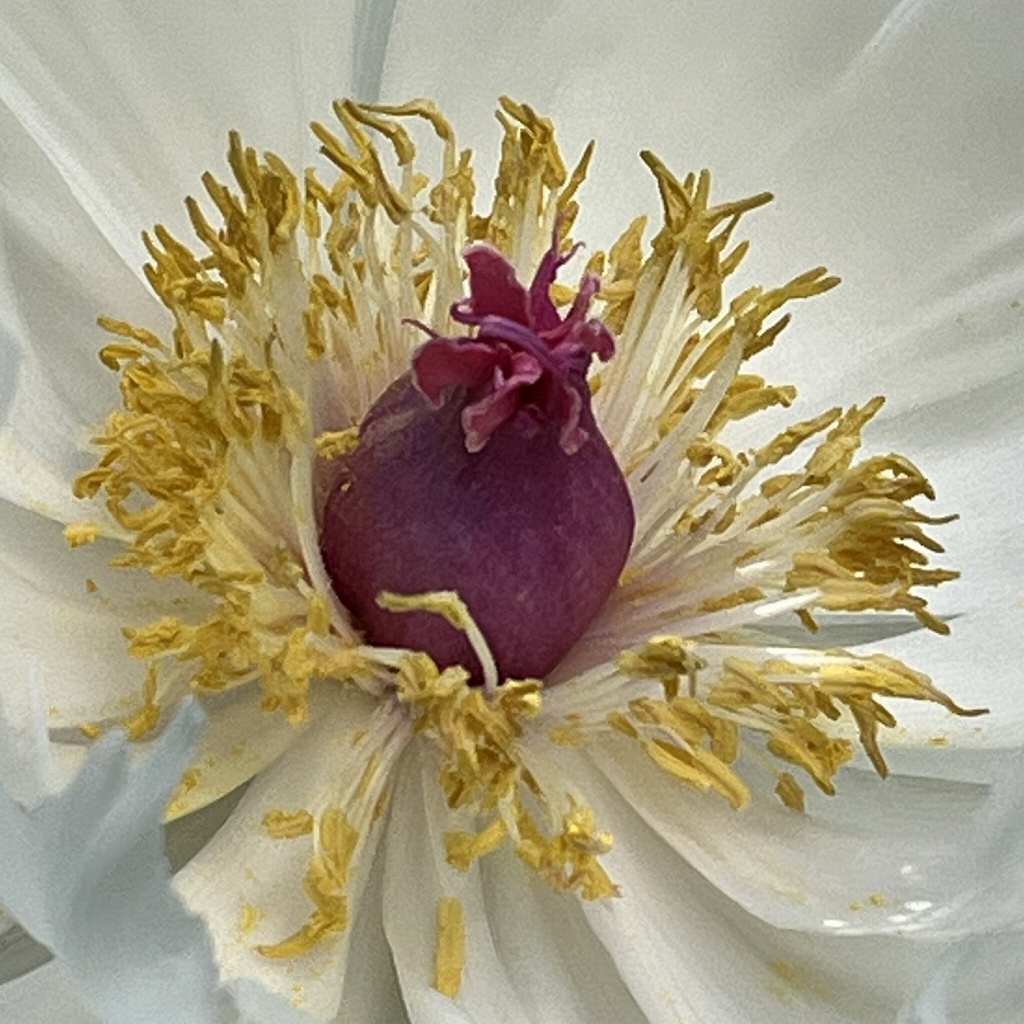



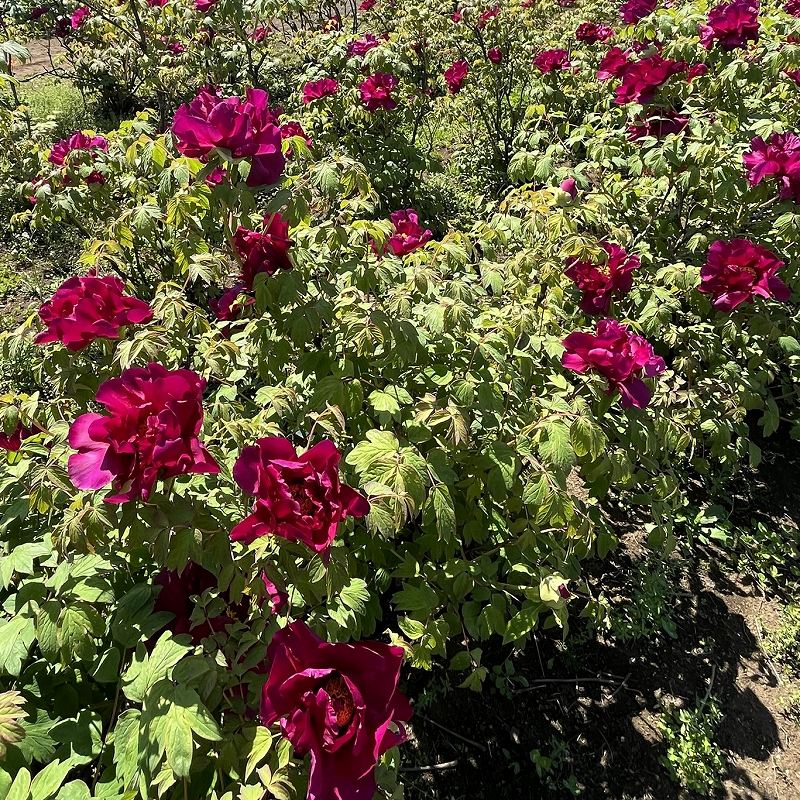
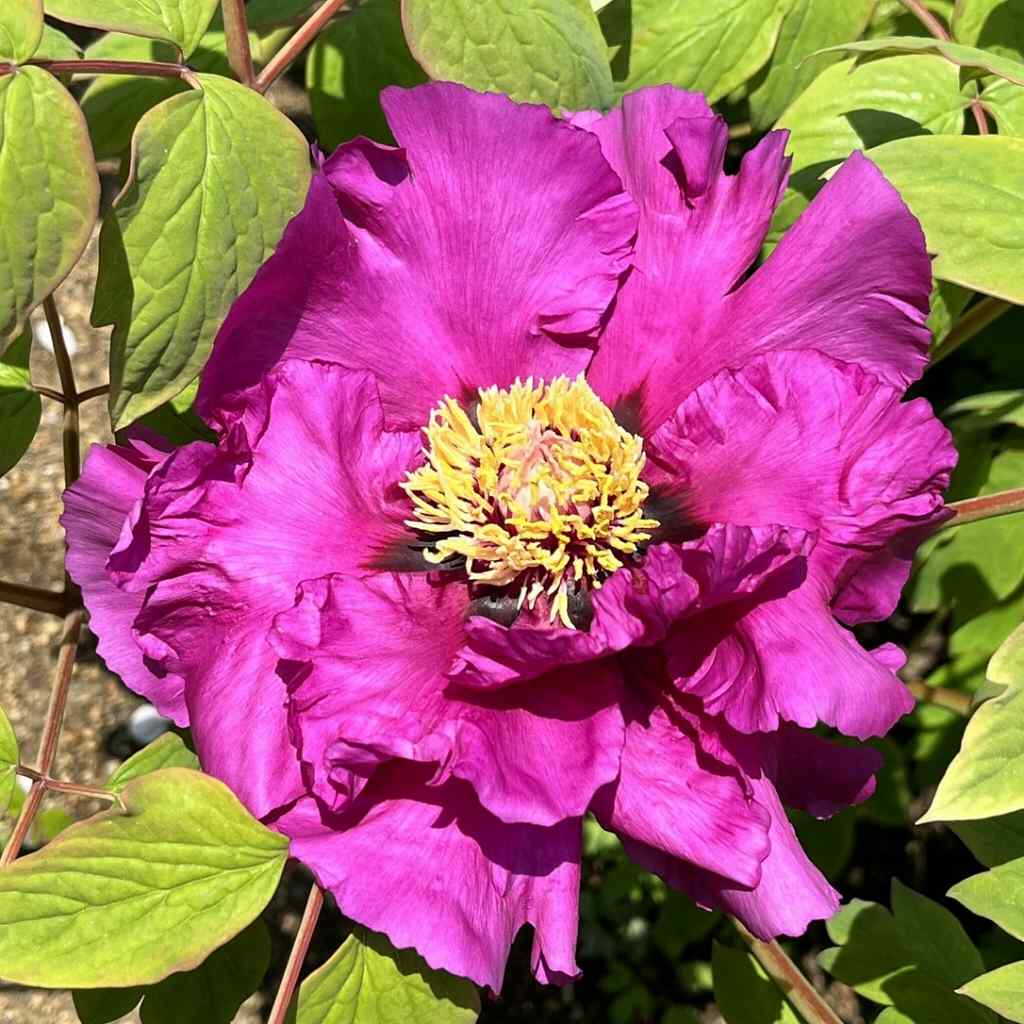
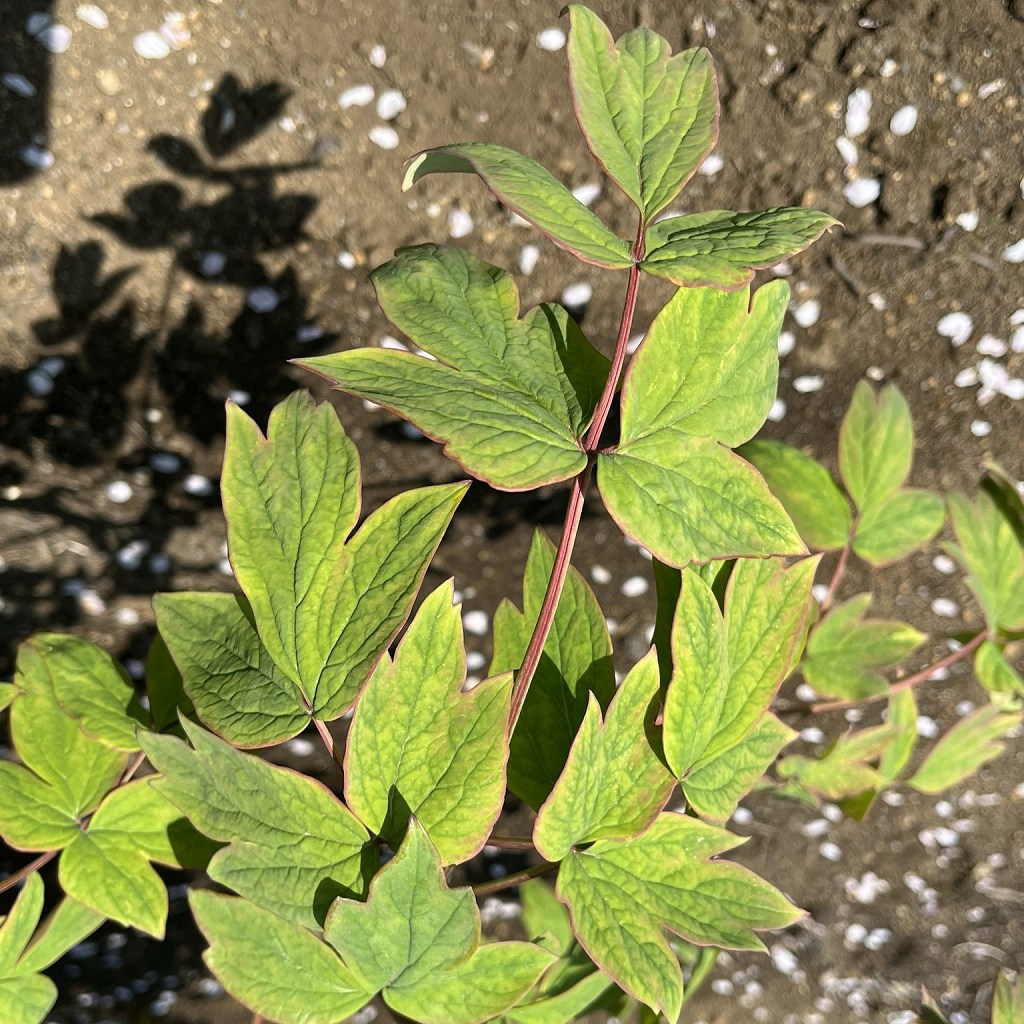
ボタン
ボタンの概要
ボタンは古くに中国から日本へと薬用で持ち込まれた落葉小低木。その美しさは「立てば芍薬、座れば牡丹、歩く姿は百合の花」と形容されます。シャクヤクは茎が分枝せず上に伸びて優美な花、ボタンは木が分枝して横に広がり華麗な花、ユリは茎葉が風に揺られて清楚な花だから。
ボタンの名前
ボタンは漢名「牡丹」の音読みです。中国では牡が「根茎で殖やせるもの」、丹が「紅色の花」という意味。「名取草」「二十日草」「深見草」など別名が少なくありません。ラテン語の属名ペオニアは医術の神「ペオン」に由来。種小名スッフルティコサは「低木」という意味です。
ボタンの冬花
ボタンの栽培法の1つ「冬牡丹」は、普通の春咲き種を薦で覆ったり、施設などで保温し、冬に花を咲かせます。一方、二季咲き性の変種「寒牡丹」は保温なしで冬に開花。冬牡丹は茎や葉が青々としながら花を咲かせますが、寒牡丹は茎が黒ずみ、葉がない状態で、花を咲かせます。
ボタンの近縁
ボタンの近縁「芍薬」は同じボタン属で花の外観がそっくり。牡丹は木本で、葉に切れ込みが入ってツヤがなく、蕾が尖り、花が匂いません。芍薬は草本で、葉に丸みとツヤがあり、蕾が丸く、花に甘く爽やかな香り。近年は両者を掛け合わせて作られた黄色系品種も流通しています。
ボタンの利用
冒頭の慣用表現は一般に美しい女性の喩えですが、別の解釈もあります。気が立つ女性には芍薬の根を、座り込む女性には牡丹の根を、フラつく女性には百合の根を用いると良いという意味。ボタンの根の皮は消炎、解熱、止血・鎮痛、月経痛、子宮内膜炎などに用いられる生薬です。
Tree Peony
Tree Peony is a small deciduous shrub that was brought to Japan from China in ancient times for its medicinal use. Its beauty is expressed in the idiom, “A lady as beautiful as a Chinese Peony when she stands, a Tree Peony when she sits, and a Lily when she walks”. The Chinese Peony has an unbranched stem that stretches upwards and is graceful, the Tree Peony has a splendid flower that branches and spreads horizontally, and the Lily is a neat flower whose stems and leaves are swayed in the wind.
The Japanese name of Tree Peony is derived from the Chinese name of Tree Peony. In China, it means “red flower that can be propagated by rhizomes”. In Japan, it is a very familiar flower to the Japanese, so it has many other names. The Latin genus name Paeonia comes from the god of medicine, “Peon”. The specific epithet Suffruticosa means “shrub”.
One method of cultivating Tree Peony, called “winter tree peony,” is to cover normal spring-flowering variety with a blanket or keep them warm in a facility to make them bloom in winter. On the other hand, the biseasonal variety , called “cold tree peony,” blooms in winter without keeping warm. Winter one blooms with green stems and leaves, but cold one blooms with dark stems and no leaves.
Chinese Peony, a close relative of Tree Peony, is of the same genus Peony and has a similar flower appearance. Tree Peony is a woody plant, with notched leaves that lack luster, sharp buds, and scentless flowers. Chinese Peony is a herb with round and glossy leaves, rounded buds, and sweet and refreshing flowers. In recent years, yellow varieties made by crossing both are also distributed.
The aforementioned idiom is generally a metaphor for beautiful woman, but there are other interpretations. It means that it is good to use the root of Chinese Peony for an angry woman, the root of Tree Peony for a calm woman, and the root of Lily for an unstable woman. The root bark of Tree Peony is a crude drug that is used for anti-inflammatory, antipyretic, hemostatic/analgesic, menstrual pain, and endometritis.


